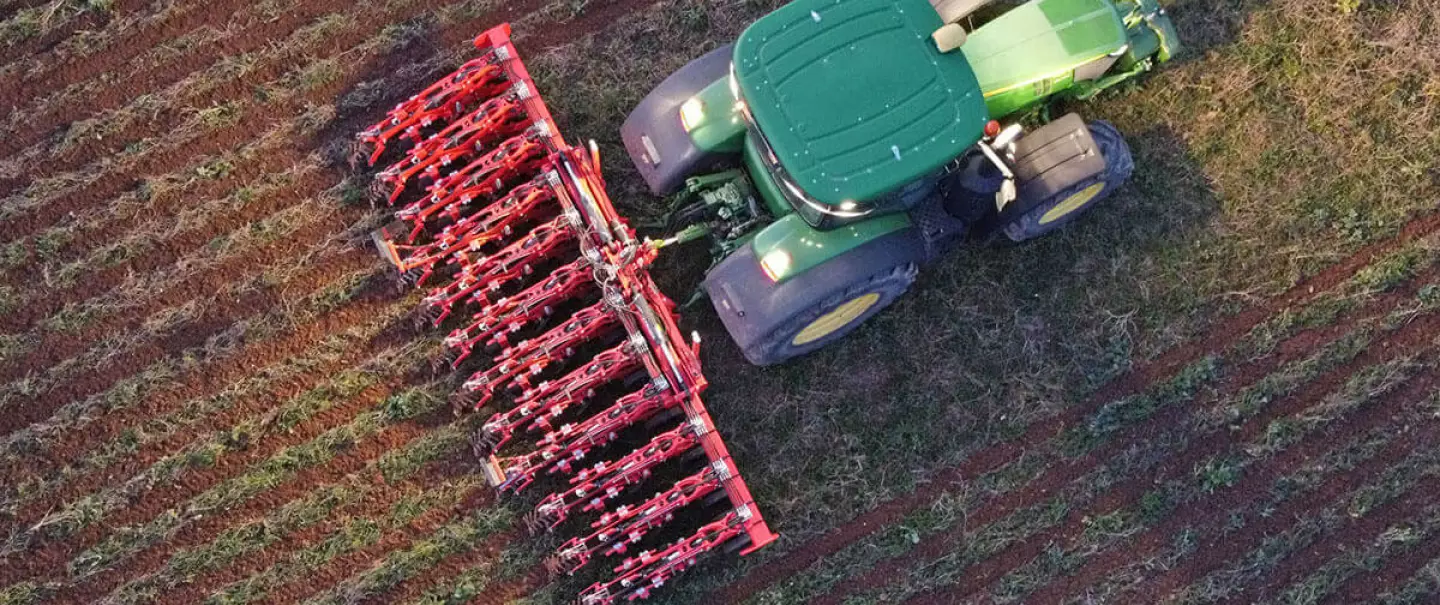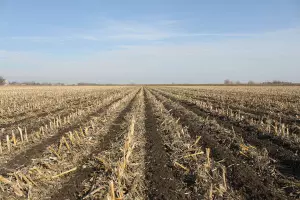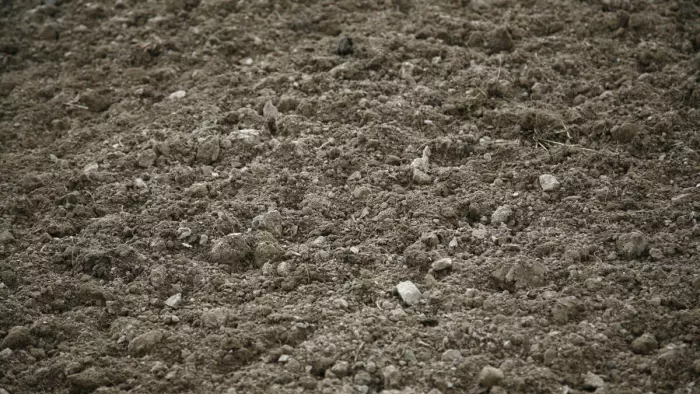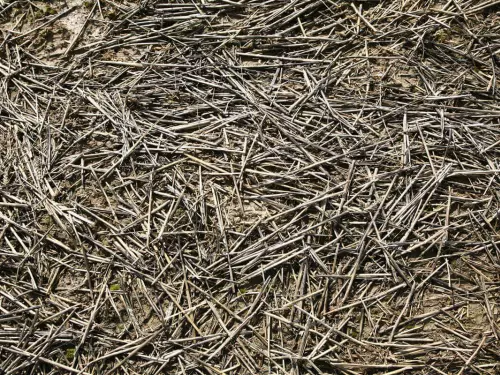
Strip-till tools and recommendations
Strip-till is a minimum cultivation technique that works the seeding row without the plough, and is also used in conservation agriculture. Strip-till tools can be used solo or as part of a combination...
Seedbed preparation is reduced to working a 15 to around 20cm-wide strip and a depth of 10 to 30cm from the surface of the soil. Agricultural machines with tines are able to work the soil deeper than machines with discs. Crops planted using this technique are often row crops like maize, beetroot, and sunflower, with 45 to 80cm between rows. Rapeseed is also a good candidate for strip-till. This technique is used to plant in an existing cover crop or to combine crops.
Strip-till machines first appeared in North America for seedbed preparation in areas where erosion was an issue. The machines feature discs and/or tines, in order to open and till the seeding line at the surface of the soil. Some agricultural manufacturers offer machines equipped with spot-fertilisation solutions. When the machines are not combined with the seed drill, they are used before seeding in order to warm the row. The temperature of the soil can be increased rapidly before sowing and germination.
Soil and climate conditions are important for this method. Tillage tools are not recommended in areas with clay or wet soils as they could damage the structure of the soil, increase compaction, and negatively affect root systems. In winter, it is very important to work on dry soil to avoid smearing. In spring, a shallow pass is sufficient, as would be the case after ploughing during the winter, to create the ideal seedbed. When working in light or dry soils, the tool can be used before seeding. Tillage warms the row which boosts germination and biological activity.
A weedkiller is often recommended as it clears a path through plant cover. Crop residues remaining on the surface are generally managed by the machine’s components: mainly tines and trash removers. Crop rotation is recommended, as with other methods in soil conservation agriculture (SCA) or direct drilling.

Strip-till is a minimum cultivation technique that works the seeding row without the plough, and is also used in conservation agriculture. Strip-till tools can be used solo or as part of a combination...

Strip-till is a minimum cultivation technique. It is carried out before seeding with maize, beetroot, sunflower, and rapeseed among other crops. It involves tilling the seeding row only, with tines or...


